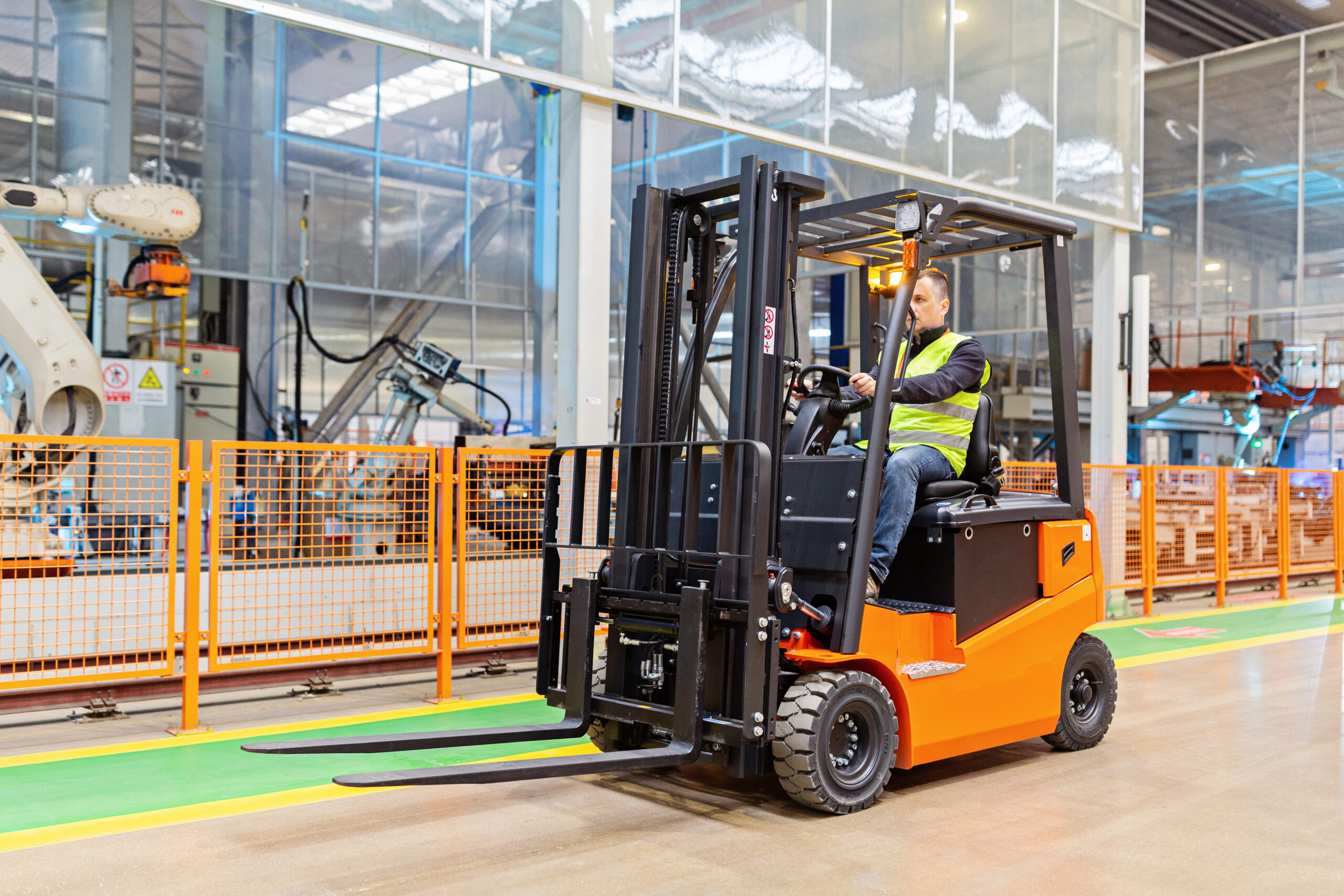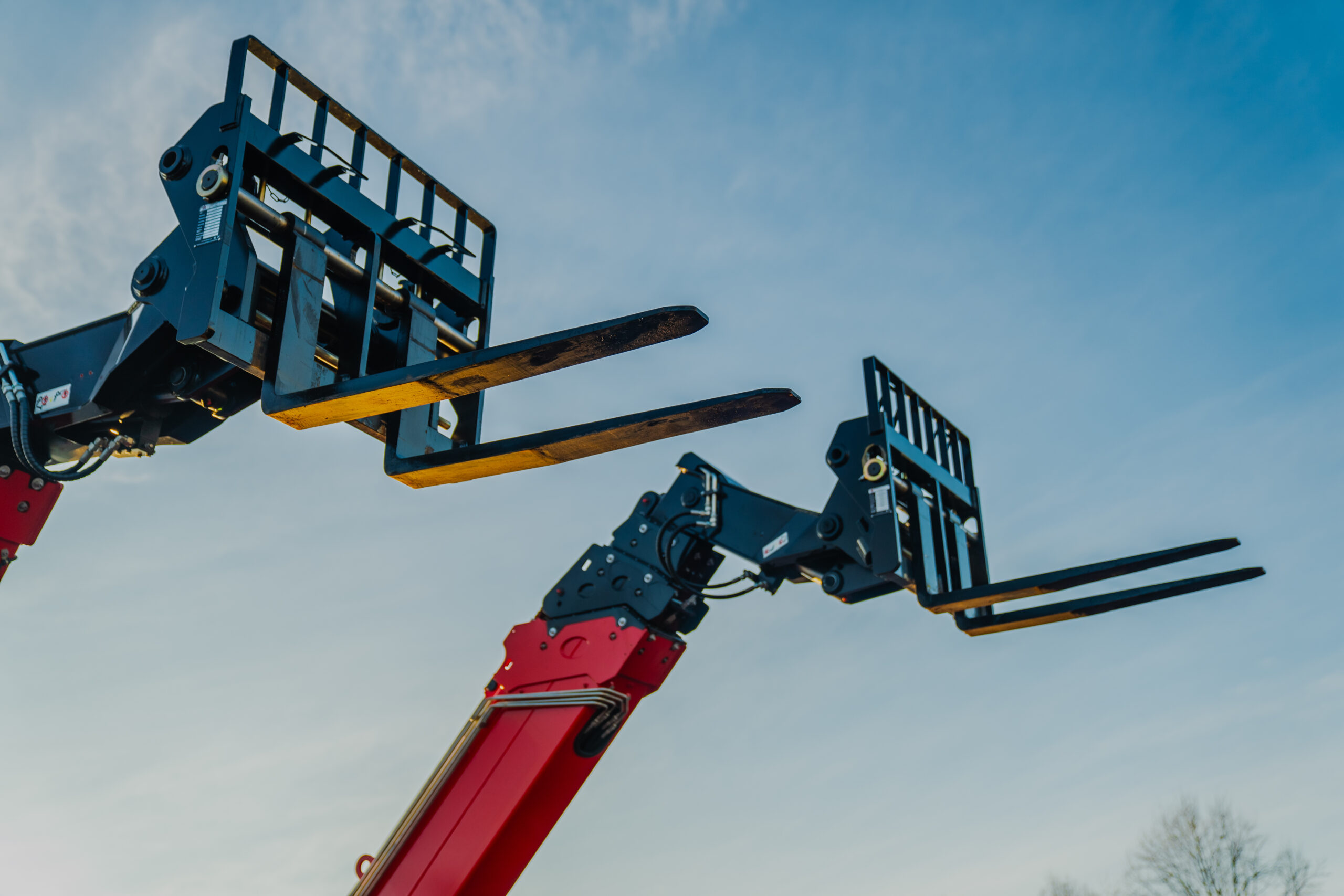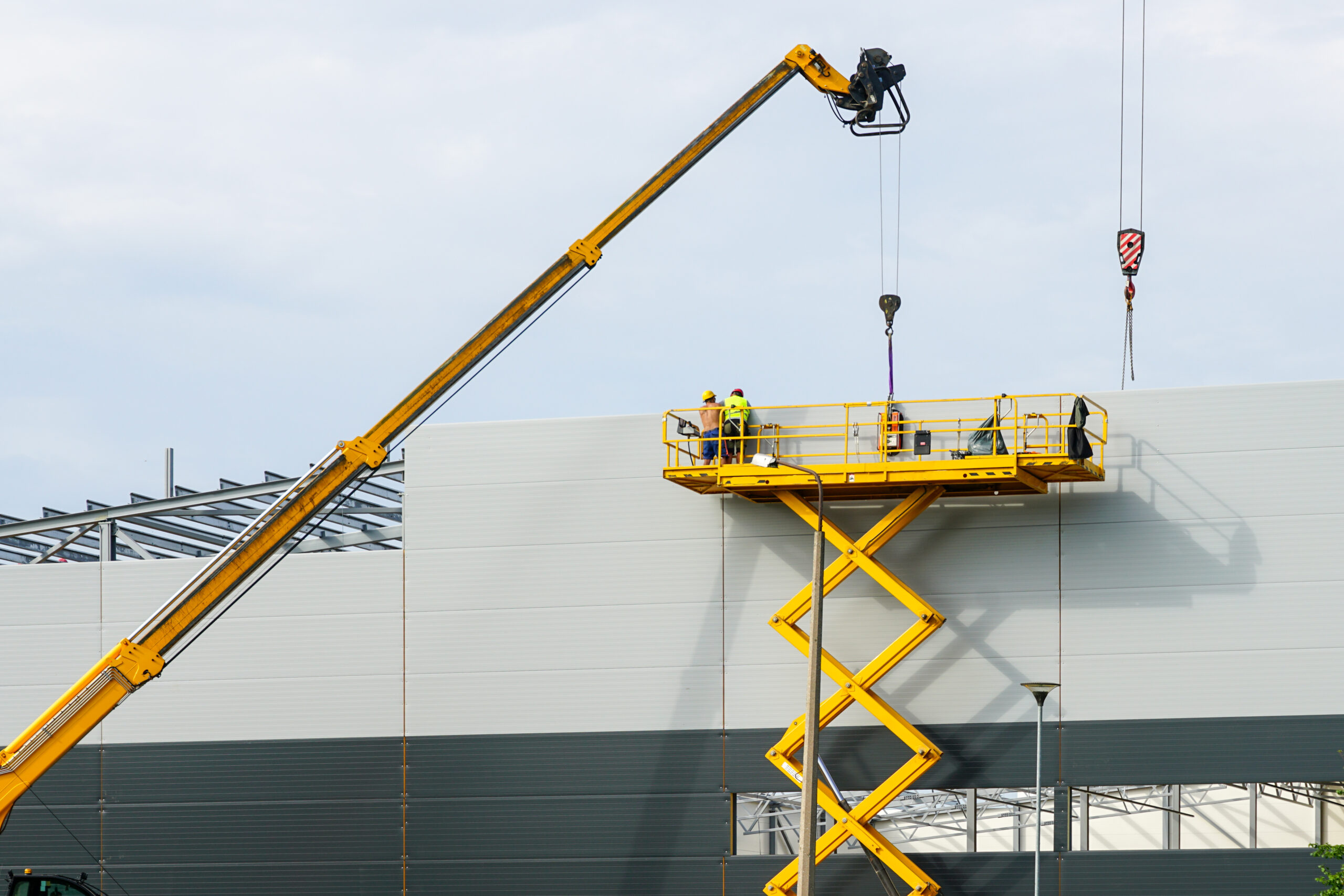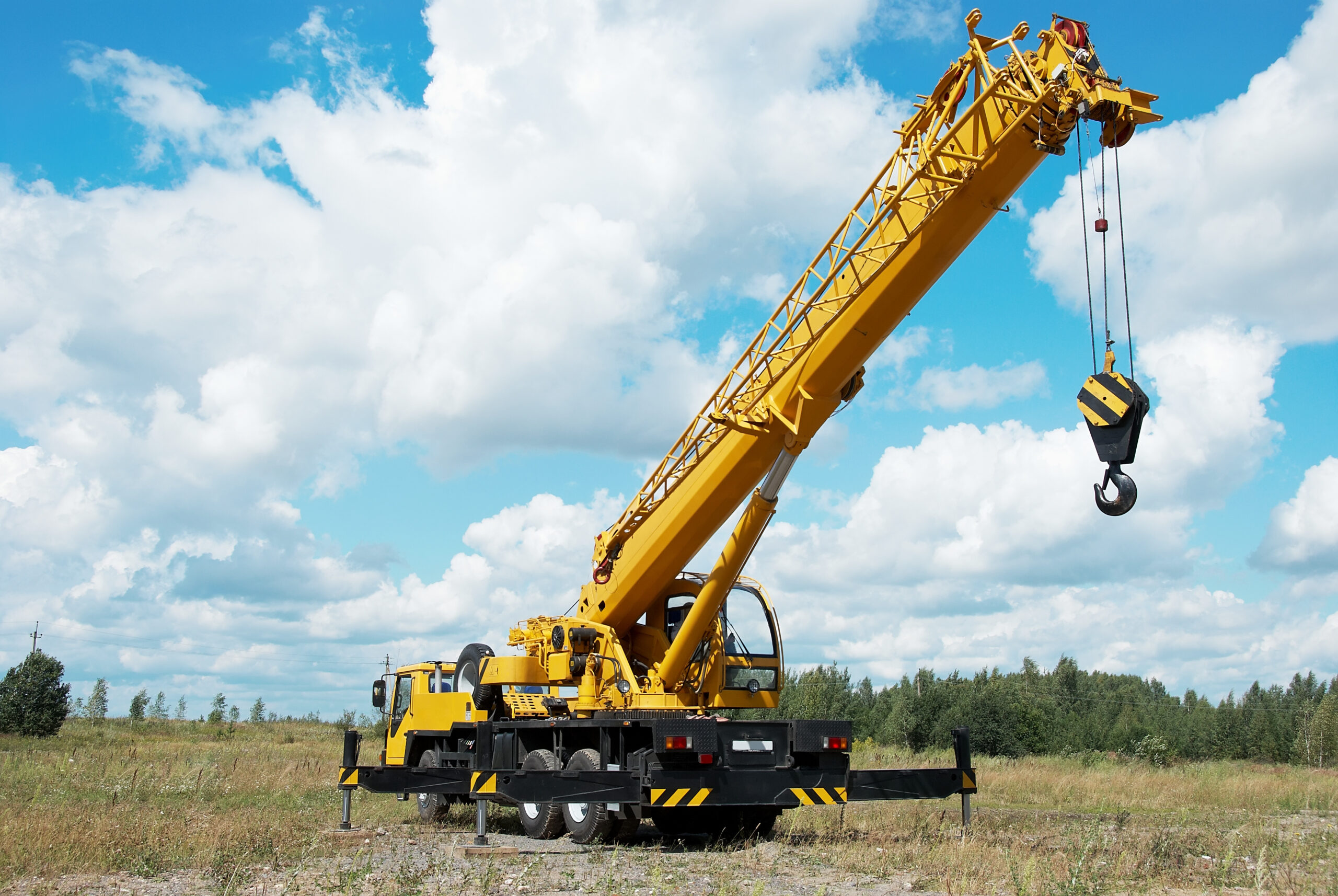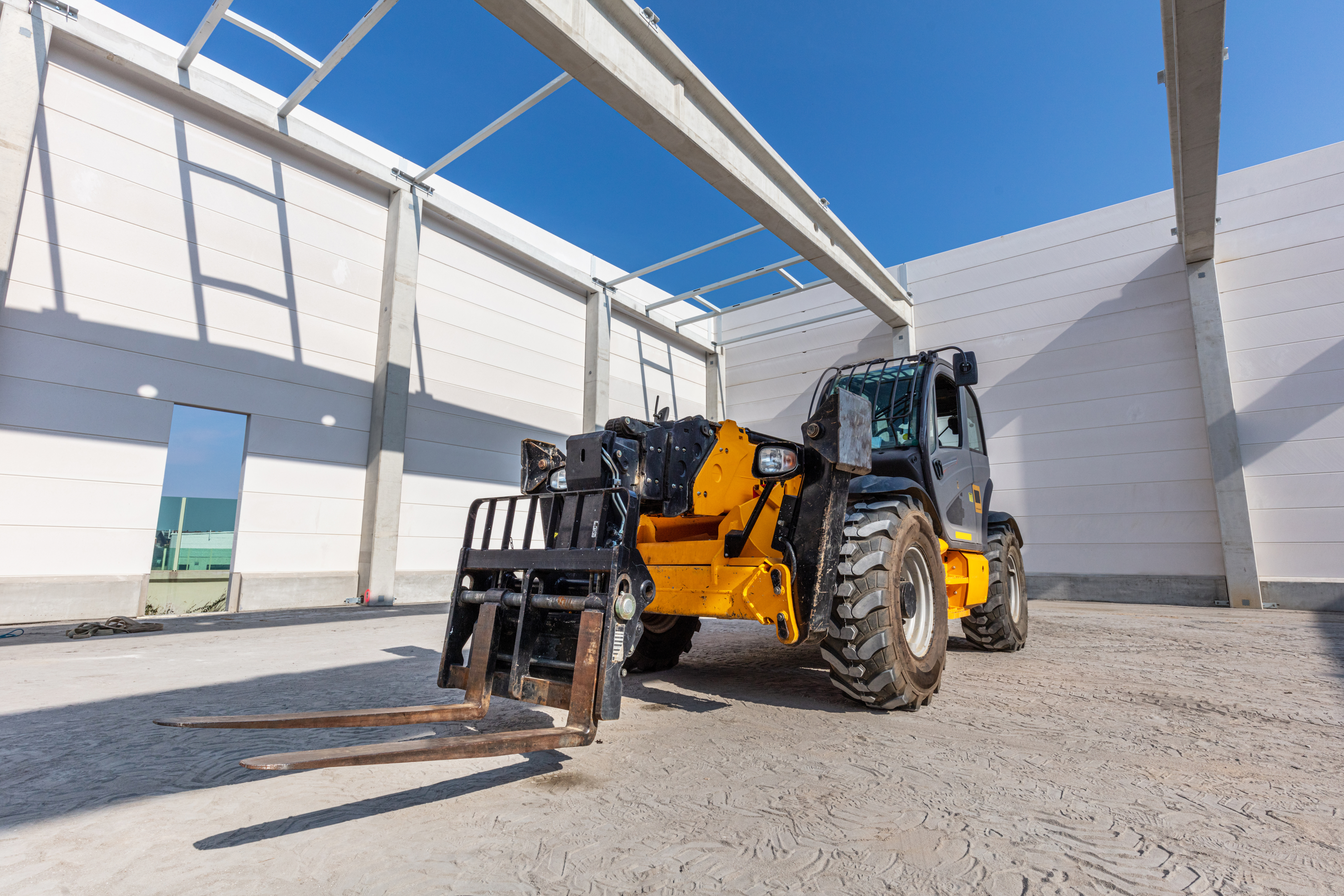
Telehandler vs Forklift Overview
Telehandler vs forklift is a common comparison when teams need to move, lift, or stage materials safely and efficiently. In simple terms, telehandlers shine outdoors with long reach and rough-terrain performance, while forklifts excel indoors with tight turning, smooth floor operation, and quick pallet handling. This guide breaks down key differences, typical uses, costs, and safety tips so you can choose the right machine for your job. Whether you are planning a construction build, a paving project, a warehouse expansion, or a plant relocation, getting this choice right will save time and reduce risk.
Telehandler vs Forklift at a Glance
- Telehandlers are best for uneven ground, long reach, and placing loads at height outdoors.
- Forklifts are best for flat surfaces, tight aisles, and fast pallet movement indoors.
- Telehandlers accept a wide range of attachments for lifting, placing, and light material handling.
- Forklifts offer precise, close-quarters maneuvering with quick pick-and-place cycles.
- Telehandlers typically cost more to buy and rent but cover more outdoor scenarios with fewer compromises.
- Forklifts are often more affordable and are the go-to choice for warehouses and manufacturing floors.
What Is a Telehandler
A telehandler, short for telescopic handler, combines elements of a forklift, crane, and loader. It uses a telescoping boom to lift and place loads up and out, often far beyond the reach of a standard mast. Most telehandlers are built for construction sites and rough terrain. They can lift pallets of brick or bundles of rebar to upper floors, place roofing materials, or support truss setting. Their versatility comes from attachments that swap in minutes.
Common Telehandler Strengths
- Long forward reach and high vertical lift for placing loads at elevation
- Rough-terrain tires and high ground clearance for outdoor sites
- Attachment-ready design for forks, jib booms, buckets, and work platforms
- Stable operation on uneven ground with outriggers on some models
Typical Telehandler Attachments
- Pallet forks for construction materials
- Truss jibs and rigger booms for light picks and precise placement
- Buckets for loose materials like gravel or debris
- Work platforms for elevated personnel tasks where permitted
What Is a Forklift
A forklift uses a vertical mast and forks to lift and move pallets or skids. Forklifts come in many types including electric warehouse models and internal combustion units for heavier loads or outdoor yard work. Their strength is fast, repeatable material handling in tight spaces on flat, stable surfaces. If your workflow includes frequent pallet moves, racking, staging, or loading trucks at a dock, a forklift is hard to beat.
Common Forklift Strengths
- Tight turning radius for warehouse aisles and plant floors
- Fast, repeatable pick-and-place cycles for palletized goods
- Excellent visibility and control for precise stacking
- Broad availability and lower total cost for many use cases
Popular Forklift Types
- Electric three-wheel forklifts for narrow aisles and low emissions
- Electric four-wheel forklifts for stability and longer run times
- Internal combustion forklifts for heavier loads or outdoor yards
- Rough-terrain forklifts for construction sites with limited uneven surfaces
Outdoor vs Indoor Picks
When Telehandlers Win Outdoors
- Jobs that require long forward reach or high placement, such as setting materials on upper floors
- Construction and site prep on uneven or muddy ground
- Handling bulky loads that need to be positioned beyond a foundation or obstacle
- Tasks that benefit from swapping attachments for mixed duties
When Forklifts Win Indoors
- Warehousing with racking, frequent pallet moves, and tight aisle spaces
- Manufacturing floors with smooth concrete and predictable pathways
- Loading docks with repeatable pick heights and high throughput
- Facilities where emissions and noise are concerns, favoring electric forklifts
Key Specs That Matter
Capacity and Stability
Both telehandlers and forklifts show a rated load capacity, but how that capacity behaves is different. Telehandlers lose capacity as the boom extends and angle changes, which is shown on a load chart. Forklifts generally retain capacity within specified lift heights as long as the load is centered and within the rated load center. Understanding the machine’s capacity curve or load chart is critical for safe picks.
Lift Height and Reach
Forklifts provide vertical lift within a compact footprint, ideal for stacking and racking. Telehandlers deliver vertical height and forward reach, enabling placement over obstacles and into elevated work zones. If you need to place rather than simply lift, telehandlers offer more flexibility.
Maneuverability
Forklifts offer tight turning and superior control indoors. Telehandlers have four-wheel drive and steering modes that help outdoors, yet their size and turning radius are usually less suited to narrow aisles. Choose the machine that matches your environment.
Ground Conditions
On smooth concrete, a forklift runs quickly and efficiently. On loose gravel, mud, or rough job sites, a telehandler delivers traction and stability. If your day moves from yards to plant floors, consider both machines or a cross-functional plan.
Attachments and Versatility
Telehandlers are attachment powerhouses. From forks to jibs and buckets, a single telehandler can cover multiple tasks in one shift. Forklifts also accept attachments like fork positioners or special clamps, but the range is narrower and focused on palletized goods.
Cost Comparison
Budget matters in the telehandler vs forklift decision. While actual prices vary by brand, capacity, and options, here are common patterns that help planning.
Purchase Price
- Telehandlers often cost more upfront due to their boom, hydraulics, and rough-terrain design. New units can range widely depending on capacity and features.
- Forklifts generally cost less than telehandlers in similar capacity classes, especially for standard warehouse models.
Rental Rates
- Telehandler rentals typically run higher per day or week than standard forklifts because of reach and terrain capabilities.
- Forklift rentals are usually lower, especially for electric units used indoors.
- Rates vary with capacity, attachments, and rental term length.
Operating and Ownership Costs
- Telehandlers may consume more fuel and require more frequent outdoor maintenance due to operating conditions.
- Forklifts, especially electric models, can reduce fuel costs and emissions indoors but require battery charging infrastructure.
- Resale values, parts availability, and operator training also affect total cost of ownership.
Safety Tips for Both Machines
Safety is non-negotiable. The right machine used the right way protects people and property. Focus on training, site conditions, and proper load handling.
- Train and certify operators for the specific class of truck or telehandler they will use.
- Read and follow the manufacturer’s manual and load charts.
- Inspect equipment daily, checking tires, forks, chains, hydraulics, and safety features.
- Secure loads and keep within rated capacity and load center limits.
- Watch overhead clearances, power lines, door headers, and racking.
- Use spotters when visibility is limited or the load blocks the operator’s view.
- Keep pedestrians out of operating zones and mark lanes clearly.
- On telehandlers, use outriggers when required and do not exceed reach limits.
- On forklifts, avoid turning on ramps, keep forks low while traveling, and do not lift people unless using approved platforms with proper safeguards.
Real-World Scenarios
Outdoor Construction and Site Prep
For placing materials on elevated decks, staging along a foundation, or handling pallets across uneven ground, a telehandler is the outdoor champion. It replaces multiple trips with a single reach. On paved yards or stabilized base, a rough-terrain forklift could work, but maximum reach will still favor the telehandler.
Warehouse and Manufacturing
Indoors, forklifts dominate. Their small turning radius and quick cycle times reduce bottlenecks. Electric models cut noise and emissions, making them ideal for enclosed spaces. If you often switch between dock work and yard staging, a mixed fleet or careful scheduling can maintain productivity.
Infrastructure and Paving Projects
On road and paving jobs, a telehandler can move bulk materials, support formwork placement, and feed crews working at elevation. Asphalt Contractors Inc., based in Union Grove, Wisconsin, coordinates equipment to streamline staging, site preparation, and material handling across Racine, Kenosha, Walworth, Waukesha, and Milwaukee counties. With decades of paving and concrete expertise, they know when a telehandler brings efficiency to outdoor worksites and when a forklift speeds up yard logistics.
Where American Erecting & Ironworks Fits In
American Erecting & Ironworks in Racine, Wisconsin supports contractors, builders, and manufacturers with crane services, machinery moving, and equipment rental. Their fleet includes forklifts with or without rigger booms, rough terrain telehandlers, and genie boom lifts. Rental terms are flexible with daily, weekly, monthly, or extended options. Their NCCCO-certified crane operators follow high safety standards, and their late-model cranes, tractor-trailers, and forklifts keep projects moving. If you need a short-term telehandler for outdoor reach or a forklift for a plant move, American Erecting & Ironworks is a reliable local partner.
Service Snapshot
- Crane Services for setting HVAC units and other heavy lifts
- Equipment Rental for forklifts, telehandlers, and boom lifts
- Machinery Moving with scheduling that minimizes downtime, including holidays and weekends
- Steel Sales for beams and columns in various sizes within Wisconsin
Visit AEAIWI.COM or call the Racine office at (262) 637-7177. Address: 2108 Clark St, Racine, WI 53403. Hours: Monday through Friday, 7:00 AM to 4:30 PM.
How Asphalt Contractors Supports the Right Choice
Asphalt Contractors Inc., established in 1979, is a full-service paving contractor with a long track record of delivering asphalt and concrete solutions for residential and commercial clients. The team manufactures its own asphalt to ensure consistent quality and cost control. Their services include asphalt paving, maintenance, milling and pulverizing, concrete construction, site preparation, asphalt manufacturing, specialty services, and crushing. Operating across Southeast Wisconsin, Asphalt Contractors plans projects with equipment in mind. Whether a telehandler is needed to stage materials at a new build or a forklift is better for yard operations and loading, their certified crews bring the right machine and know-how to every task. The result is safer jobs, fewer delays, and strong outcomes for customers from Racine to Milwaukee.
Decision Checklist: Telehandler vs Forklift
- Environment: Is the job mostly outdoors on uneven ground or indoors on smooth floors
- Lift Profile: Do you need long forward reach and high placement or quick vertical lifts in tight spaces
- Load Type: Are loads palletized and uniform or bulky and variable
- Attachments: Will you benefit from truss jibs, buckets, or work platforms
- Throughput: Do you need fast cycle times for many pallet moves
- Budget: What are the purchase or rental costs and operating expenses
- Safety and Training: Do operators have training for the specific machine class
- Schedule: Is a rental the best approach for seasonal demand or a specific project
- Support: Do you have local service and logistics support to minimize downtime
Frequently Asked Questions
Can a telehandler replace a forklift
Not always. While a telehandler can move pallets and reach places forklifts cannot, it is larger and less agile indoors. If most of your work is in aisles and on docks, a forklift is the better fit.
Can a forklift work outside
Yes. Internal combustion forklifts and rough-terrain forklifts can work outdoors on stable ground. However, if the site is muddy or uneven and you must place loads at height, a telehandler is safer and more efficient.
Which is more cost-effective
It depends on the job. Forklifts are generally more affordable to buy and rent for indoor work with high throughput. Telehandlers cost more but offer reach and versatility that can replace multiple machines outdoors.
Do I need special training
Yes. Operators must be trained and certified for the specific equipment they use. Load charts, stability principles, and safe operating practices differ between telehandlers and forklifts.
Safety and Compliance Basics
Match the machine to the task and train your operators. Review the operator’s manual, apply the load chart for every pick, and conduct daily inspections. Keep walkways clear, use spotters when needed, and never exceed rated capacities. For lifts beyond standard limits or where people work at height, consider adding crane services or engineered solutions to maintain a safe margin.
Local Help for Rentals, Lifts, and Heavy Moves
American Erecting & Ironworks helps Wisconsin businesses select the right equipment for outdoor or indoor tasks. Need a rough terrain telehandler for reach on a construction site or a forklift with a rigger boom for precise placement Their team can supply the machine, handle the heavy move, and support your schedule. For steel beams and columns, they can source and deliver in-state. Contact AEAIWI.COM or call (262) 637-7177 for quotes and availability.
The Construction and Paving Perspective
Asphalt Contractors brings decades of field experience coordinating trades, schedules, and equipment. On paving jobs, access changes daily as surfaces are graded, stabilized, and paved. Choosing between a telehandler and a forklift depends on that day’s conditions and the specific lift plan. The team’s focus on planning, quality control, and certified operation ensures that the right machine shows up ready to work, which keeps your project on time and on budget.
Final Recommendation
When comparing telehandler vs forklift, consider the jobsite first. If you need outdoor reach, uneven ground performance, and attachment versatility, choose a telehandler. If you need fast pallet handling, tight turning, and clean indoor operation, choose a forklift. In many operations, both are used for different phases of the work. For rentals, heavy picks, and machinery moving, American Erecting & Ironworks offers flexible terms and certified expertise. For paving, concrete, and site preparation across Southeast Wisconsin, Asphalt Contractors delivers the planning, crews, and equipment to get it done right.
Contact and Next Steps
Ready to pick the right machine for your project Contact American Erecting & Ironworks at (262) 637-7177, visit AEAIWI.COM, or stop by 2108 Clark St, Racine, WI 53403. Hours are Monday through Friday, 7:00 AM to 4:30 PM. For paving, concrete, and site services across Racine, Kenosha, Walworth, Waukesha, and Milwaukee counties, connect with Asphalt Contractors for a detailed plan and quote. With the right team and the right equipment, your next job will move faster, safer, and more cost-effectively.


